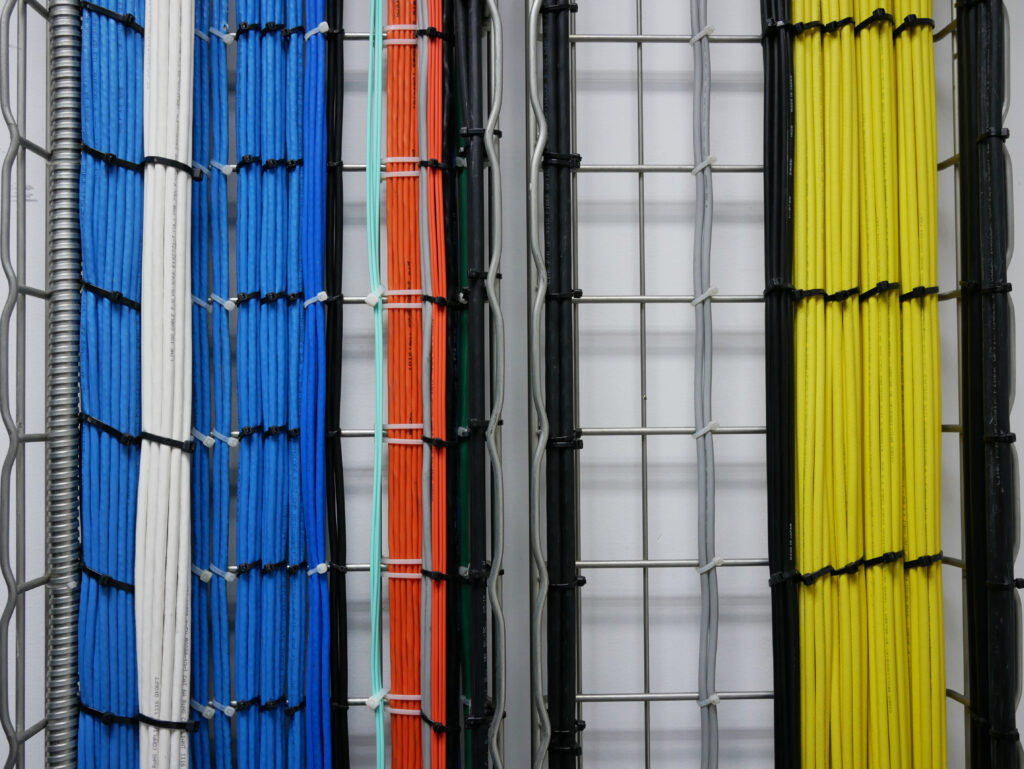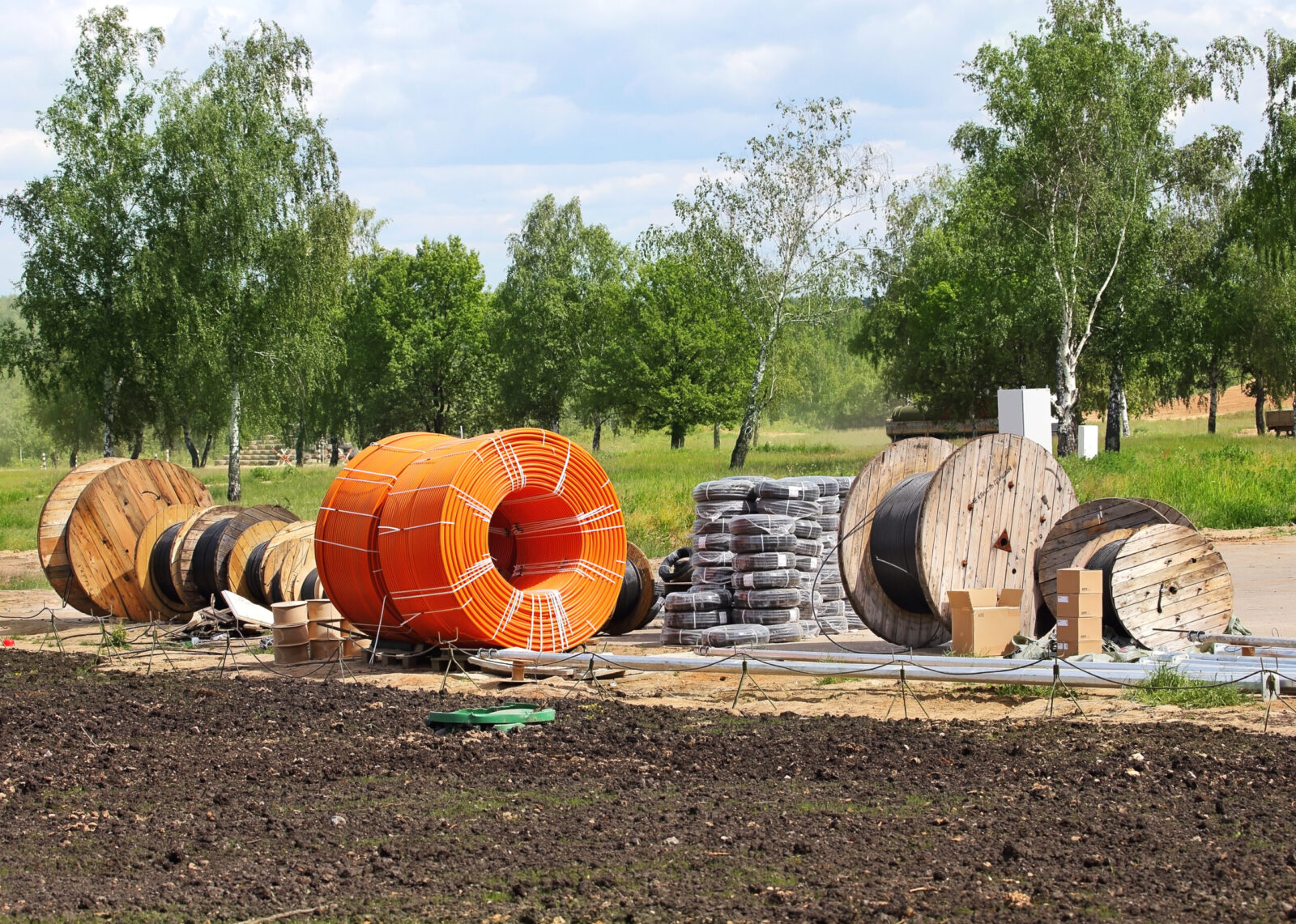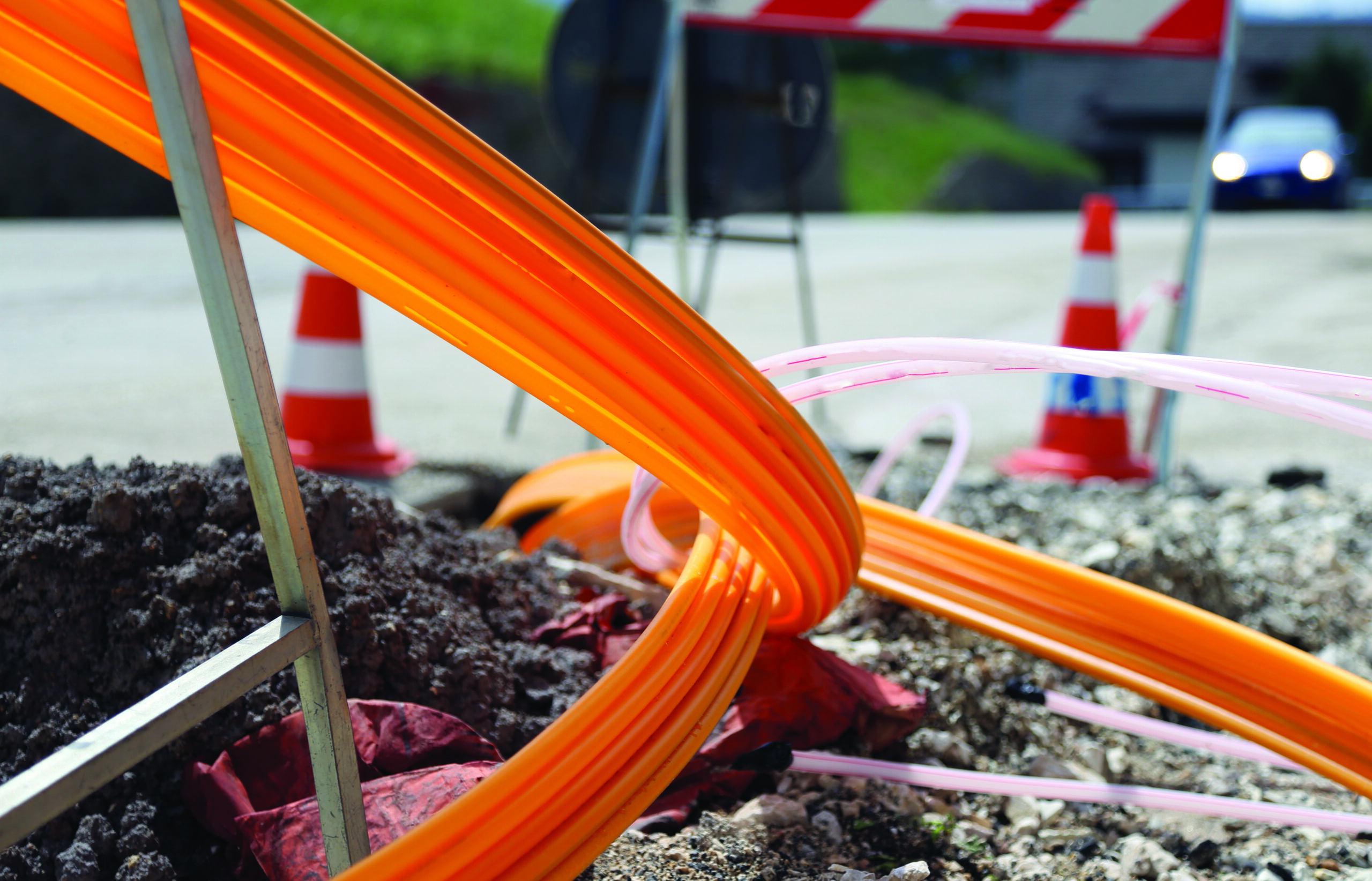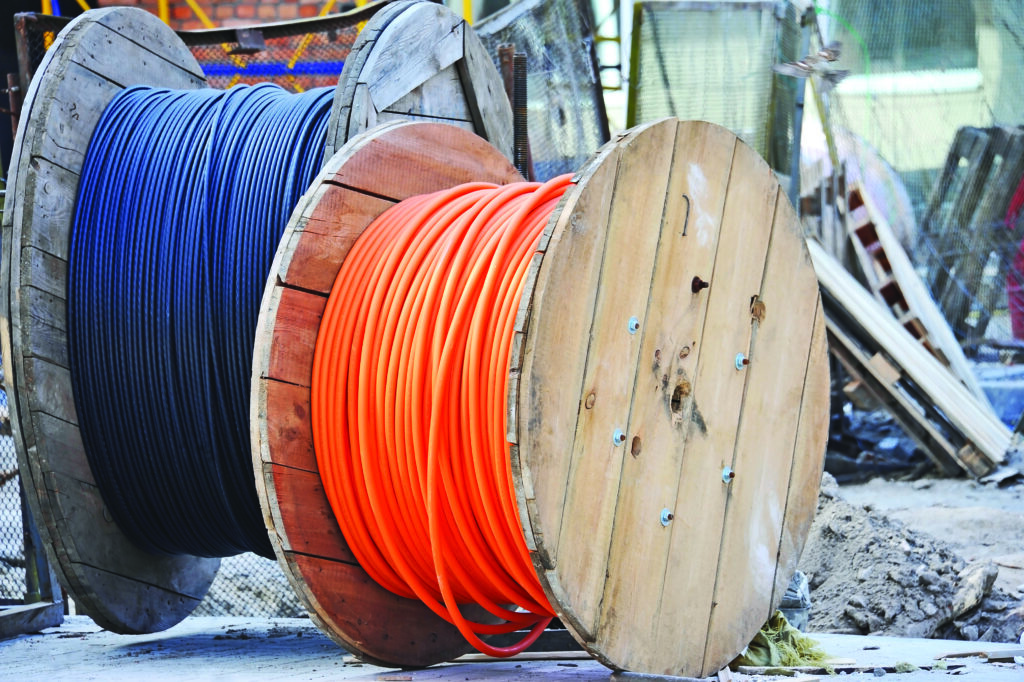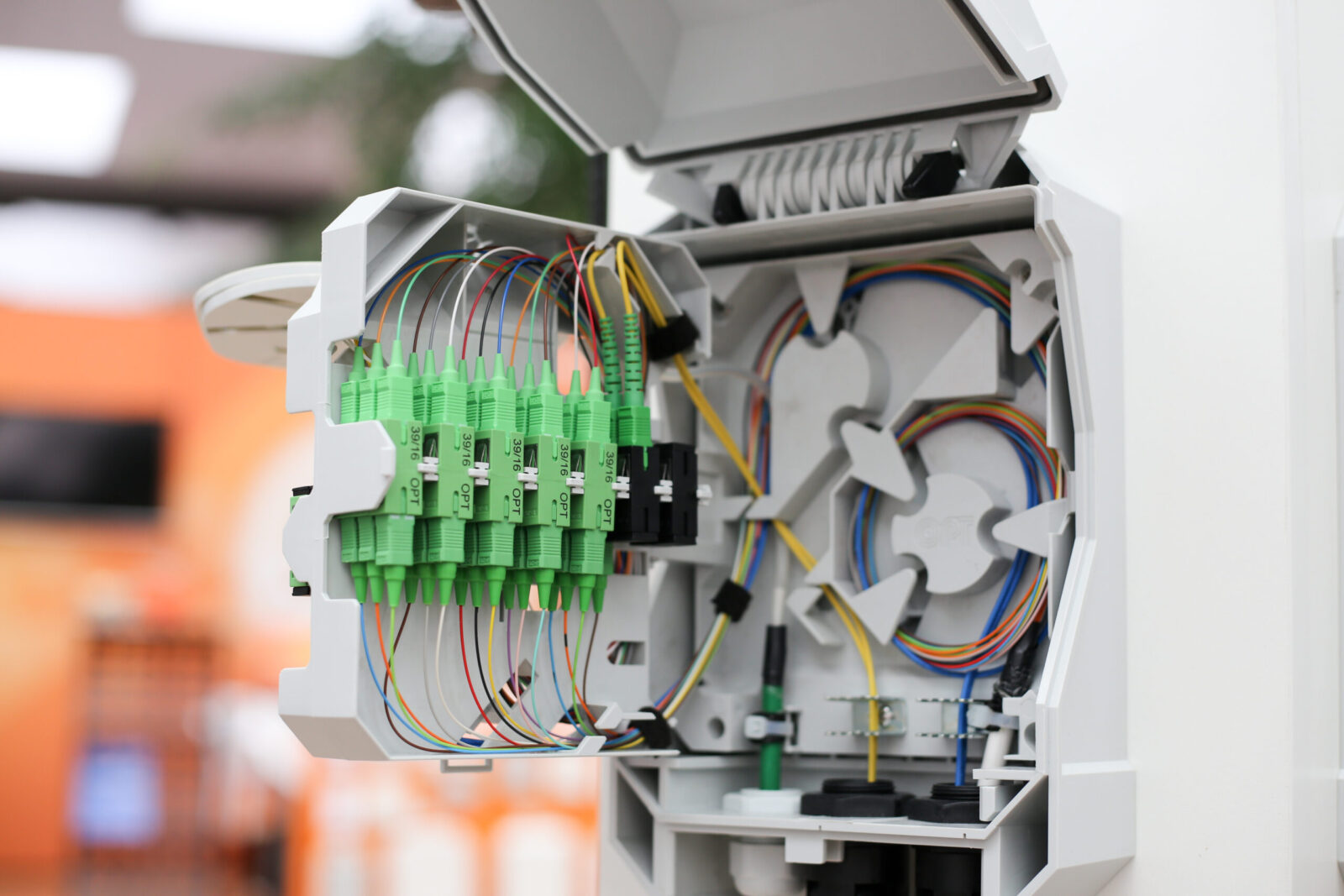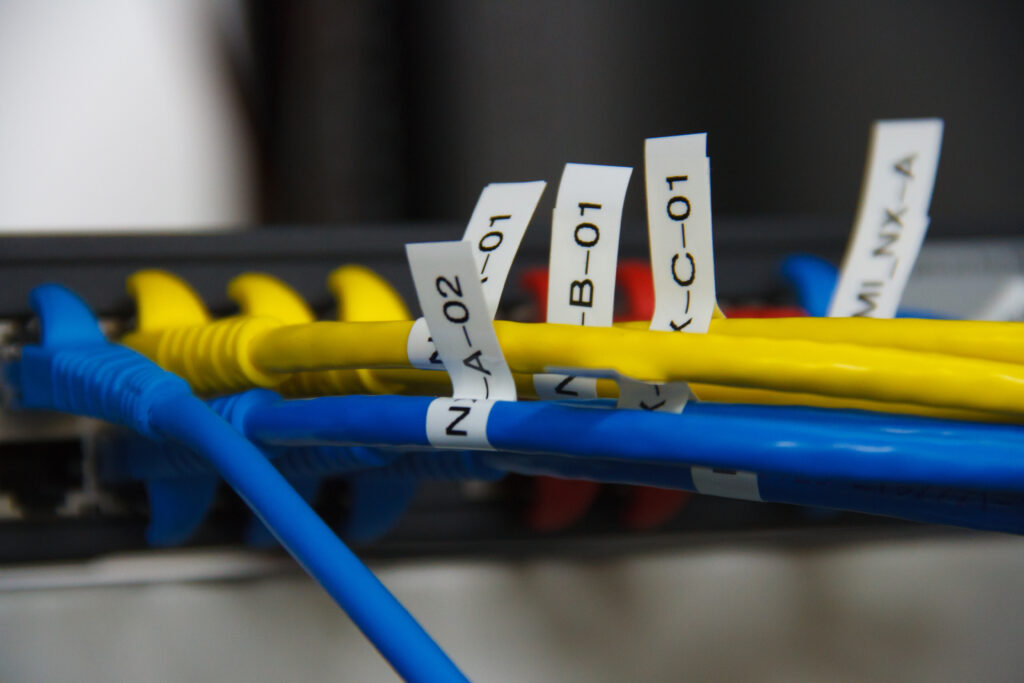After beginning a fiber placement project in a massive data center, National Technologies (NTI), a Network Connex company, discovered and resolved a major engineering oversight to save the operator time, money, and resources for their future fiber connectivity.
SITUATION
Over the years, NTI has developed a strong reputation for fiber placement to support connectivity for major data centers and hyperscalers. From inside plant and outside plant, to infrastructure engineering projects, their teams have successfully completed high-profile work around the country on time and within budget. NTI’s long-term relationship with a large, global data center and colocation provider is based upon this reputation. During a typical ISP fiber engagement with this customer, NTI learned of a planned future project that would greatly extend connectivity on the campus.

The Data Center consulted NTI for solution engineering support, where the team brought a critical flaw to the attention of the customer’s data center infrastructure engineers. The Data Center’s private underground duct space was overpopulated with smaller count cables. This meant that there was limited space for the high-capacity fiber NTI would need to install in the upcoming project. Once the interconnection team sounded the alarm about the spatial concerns, NTI was asked to sift through the cables and find the solution.
The Data Center Campus extended across an array of buildings along a one-mile stretch and NTI began an audit of the existing underground connectivity ducts along the path. Along with Data Center engineers, the NTI team also identified poor cable management conditions in the utility holes throughout the campus.
With massive amounts of connectivity needed to power the campus, the limited underground duct space put the Data Center in a bind. A solution would surely be labor intensive and require substantial retooling of the underground fiber spaces. Through their assessment, NTI confirmed that these space limitations would indeed impact future deployment plans.
CHALLENGES
Once the Data Center and NTI finished their assessment, there were three key challenges to overcome:



The Data Center was on track to expand connectivity before an engineering hurdle arose. With only so much space available, NTI was tasked with designing a solution that would hold all of the fiber needed to grow capacity.
SOLUTION
Once NTI considered the existing fiber ducts, infrastructure, and anticipated deployment timeline, they found the best solution. They approached the Data Center operator with a fully re-imagined approach: what if the existing small-count fiber was replaced with high-capacity fiber? That way, the existing duct system could still be fully utilized, but capacity would be greatly increased.
The Data Center operator was fully onboard with the strategic choice to re-imagine resources, not reconstruct them. With approval from the customer, NTI re-engineered the connections between every campus building to phase out small-count fiber and replace it with high-count fiber. Once this upgrade was complete, all of the fiber was under a single managed infrastructure. While in each utility hole, NTI also addressed cable management so that the spaces were neat and organized, and safer for technicians to get in and out.
The revamped project strategy delivered even more perks for the Data Center team. Fresh, high-capacity fiber empowered customers to submit orders through the Data Center’s internal portals. It also helped the team leverage customer insights to design optimal internal networks. On the ground, the Data Center could even reroute the traffic throughout the campus to protect vital fiber junctions.
The insight that NTI provided helped enable the Data Center to use what they already had to build for the future. They didn’t have to take on costly underground cabling or tear apart sections of the physical campus in the process. Because of the strategic recommendation to prioritize re-engineering over reconstruction, NTI solved a pressing problem that enabled future interconnection capabilities for years to come.
To keep the Data Center project on time and on budget, NTI’s wealth of experience in turnkey solutions helped the Data Center find a solution that re-used existing resources.
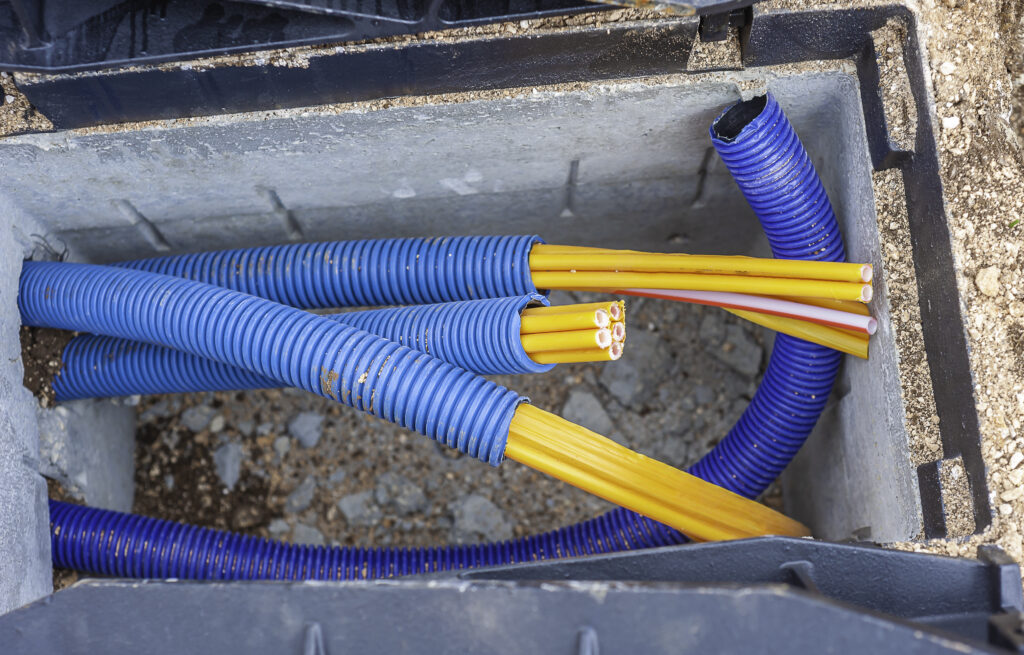
PROJECT HIGHLIGHTS
MISSION
One of the key partnership results of re-engineering the fiber connections on the Data Center Campus was that NTI established the standard construction model for the company for years to come. The turnkey solution saved countless hours and resources while bringing the vision for high-capacity fiber into reality.
HIGHLIGHTS
- NTI’s idea to pivot instead of re-build brought big returns and became the cornerstone of the Data Center’s infrastructure enhancement strategy moving forward.
- In fact, NTI still uses this model today. Since the initial project, they’ve quickly and efficiently built five new Data Center Campuses for the same customer using this future-proof solution for high-capacity fiber. And, each upcoming build is expected to use the proven playbook model with only slight modifications.
- To learn more about NTI and its full suite of network design, engineering, wireless/fiber
construction, maintenance, integration, and turnkey solutions capabilities, please visit ntitech.com.
